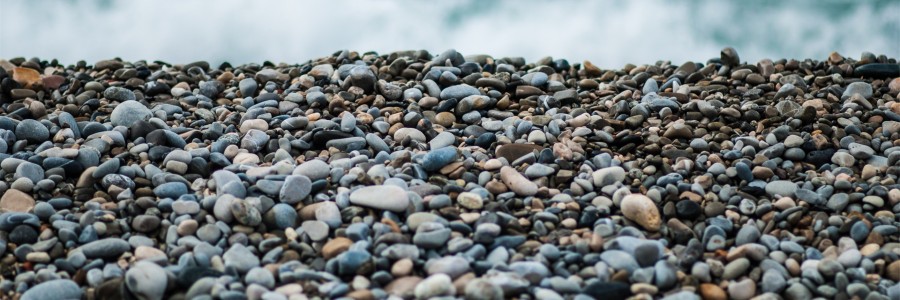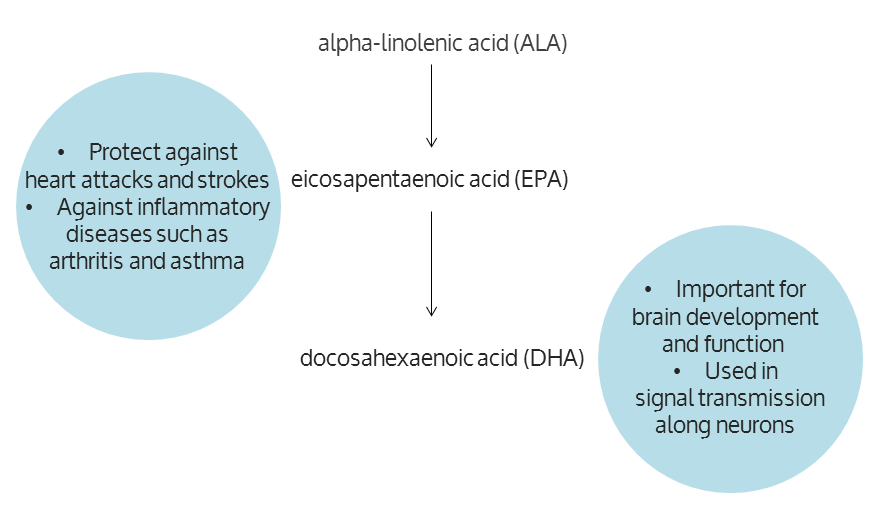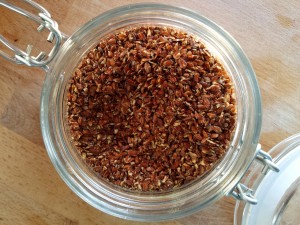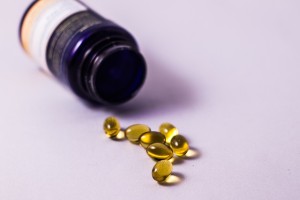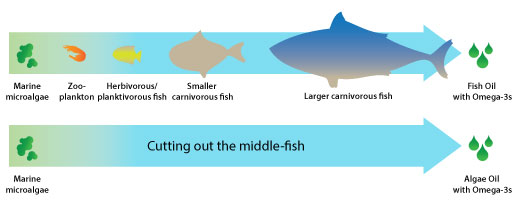Have you ever wondered if conventional tampons and sanitary pads are safe for your body? They are put for prolonged periods of time near our reproductive organs. Imagine if they would contain toxins and other harmful substances. Considering that the vagina is one of the most absorbent parts of your body, that would be an unsettling thought…
So what do we know about conventional feminine hygiene products? If it’s according to the manufacturers; not much to nothing. Since tampons and sanitary pads are classified as ‘medical devices’, manufacturers do not have to disclose any information concerning the ingredients. Talking about the safety of tampons in public is also something that is not common, making it a topic undiscussed among the majority of its users.
In the following TEDx video the organic tampon and pad manufacturing company Yoni explains the harmful effects of conventional tampons.
The top reason to avoid conventional tampons is that they absorb everything including the bad bacteria. The usual regulation of the pH-balance through the production of fluids and good bacteria is distorted by the absorption of the tampon. This can dry out the vagina.
Also, in the production process of conventional tampons harsh chemicals and bleaching methods are used. Unfortunately, not only does the tampon absorb blood and vaginal fluids, the vagina can absorb the tampon’s ingredients e.g. chlorine bleach, too. To see what these chemicals do when they are lit on fire, check out this video! The video shows the difference between a conventional and organic menstrual pad when lit on fire… Wow!
Thirdly, when a tampon is taken out, the fibers can be left behind in the vagina. These fibers can be a perfect breeding ground for harmful bacteria.
Another issue for buying conventional tampons is that it is not environmentally friendly. An average woman uses 11.000 disposable menstrual products in her lifetime. These products end up in landfills and in the ocean…
And lastly, the price of buying tampons monthly can add up quickly over a lifetime. Buying products that can be used for a longer time can save money in the long run and can help sustain a healthy environment.
So then, what is an alternative? Besides using organic tampons and pads?
An alternative: the menstrual cup.
A menstrual cup brings some extra benefits:
1. It holds up to 5 times the amount of a regular tampon.
2. Reduces chance of Toxic Shock Syndrome (TSS) since it does not have absorbing properties (it is made from silicone) and it does not leave anything behind.
3. Chances for leaks are slimmer due to the suction between the cervix and the cup.
4. It can be used for up to 12 hours. This makes it great during sleep. (Make sure that the suction is correct before dozing off, otherwise leaking can occur!)
5. It does not strip your vagina from its natural fluids or healthy bacteria, which can dry you out.
6. Amazing for the environment and your finances: One menstrual cup can last up to 10 years!
7. You don’t have to bring extra products with you when you go for a trip.
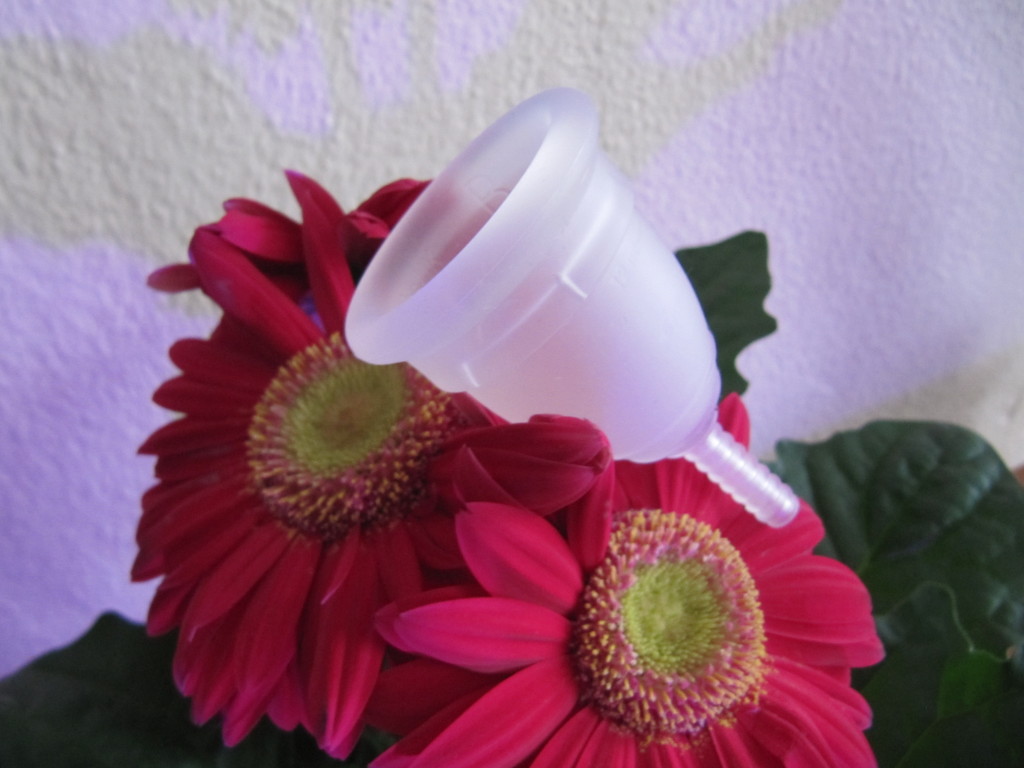
Curious how to use a menstrual cup? Check out these 14 Steps By WikiHow.
If you have experience with the cup, feel free to share it in the comments below, or on facebook or twitter under the post!
You can buy menstrual cups online on the following websites:
The Netherlands and Belgium on this site: menstruatiecup-info.nl
In the US: shop.menstrualcup.co
In the UK: femininewear.co.uk
For further reading:
http://www.womensvoices.org/wp-content/uploads/2013/11/Chem-Fatale-Report.pdf
http://www.fda.gov/MedicalDevices/Safety/AlertsandNotices/PatientAlerts/ucm070003.htm
https://www.change.org/p/procter-gamble-to-fully-disclose-the-ingredients-of-their-tampons-sanitary-pads
http://articles.mercola.com/sites/articles/archive/2013/05/22/feminine-hygiene-products.aspx


